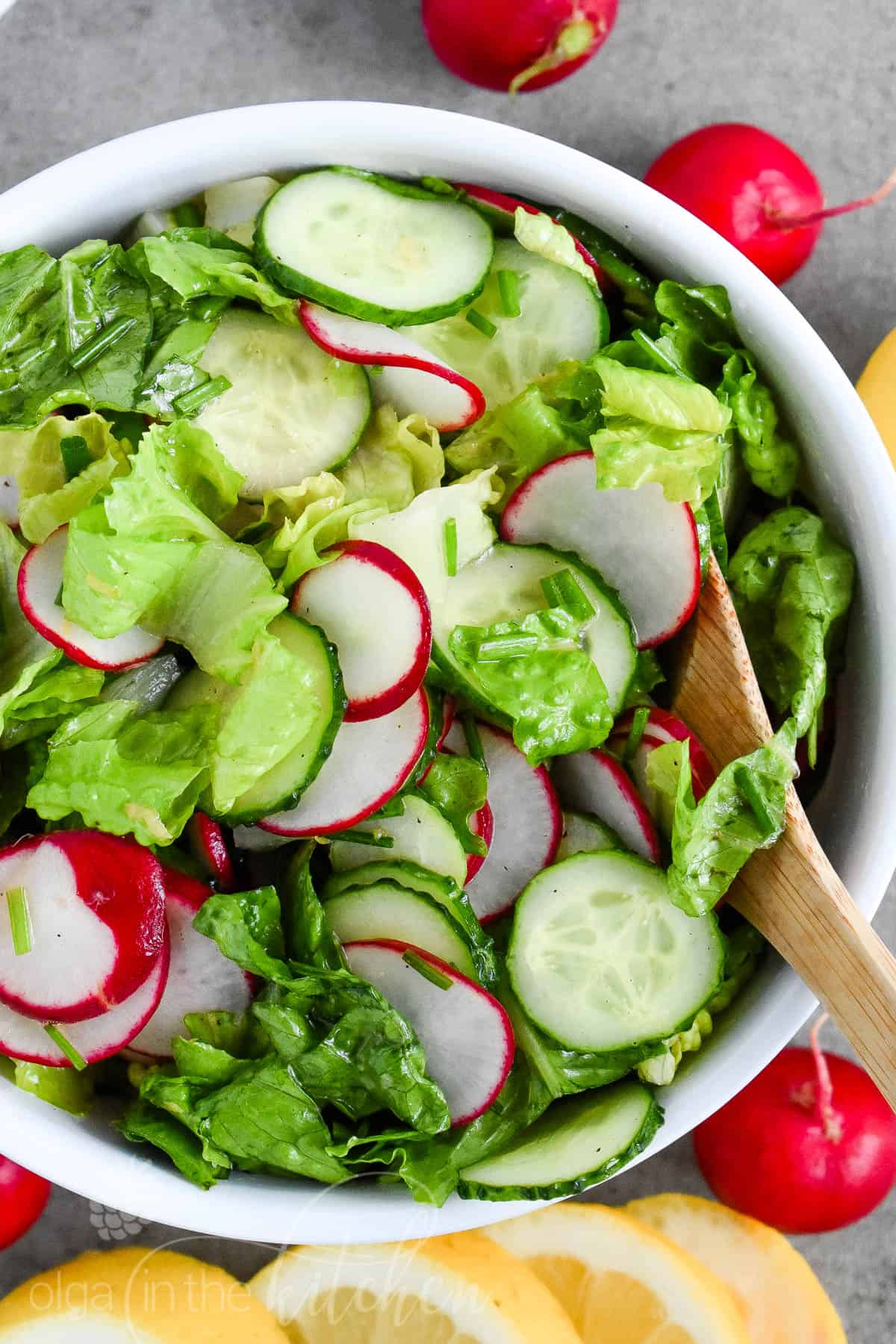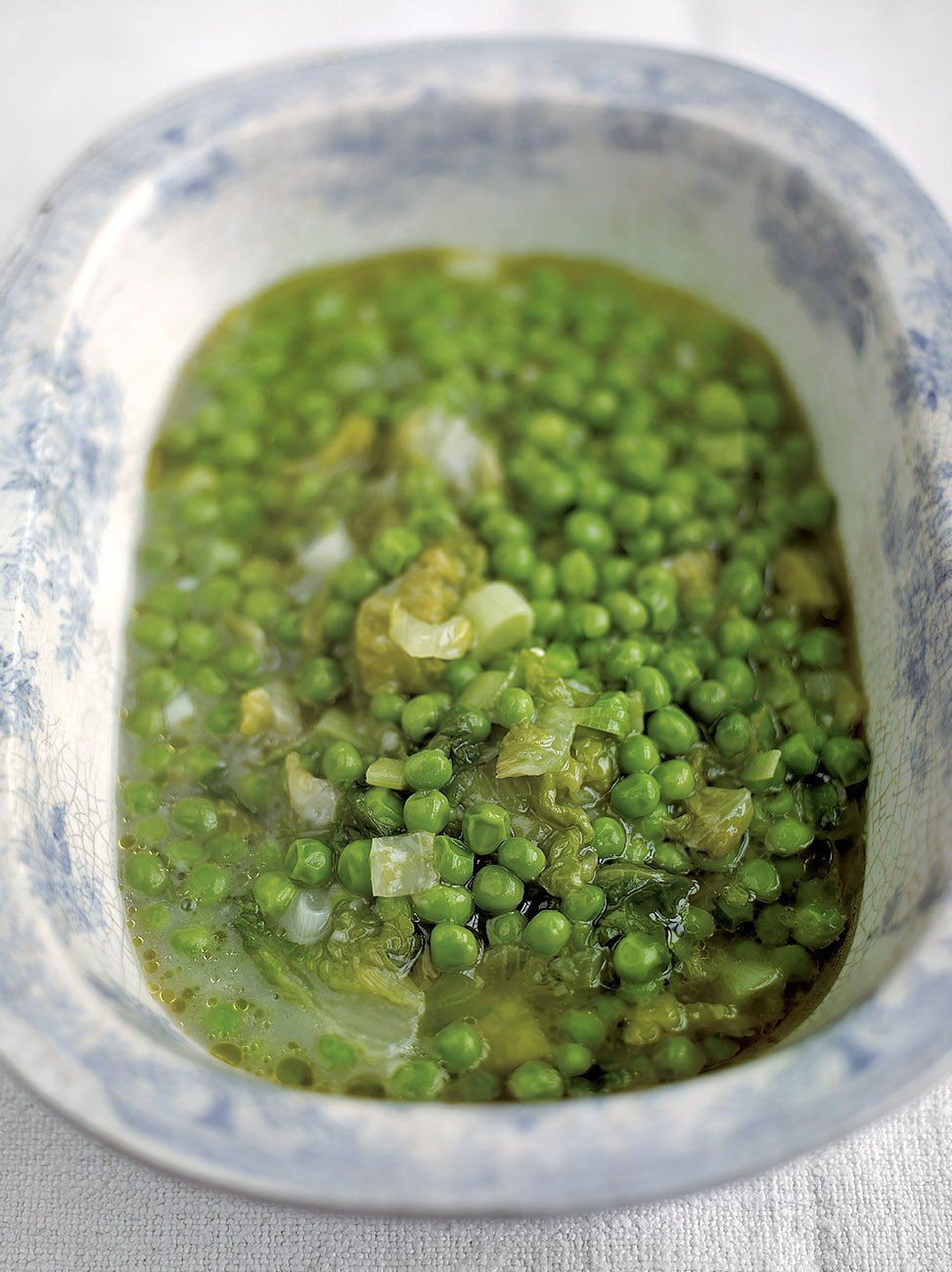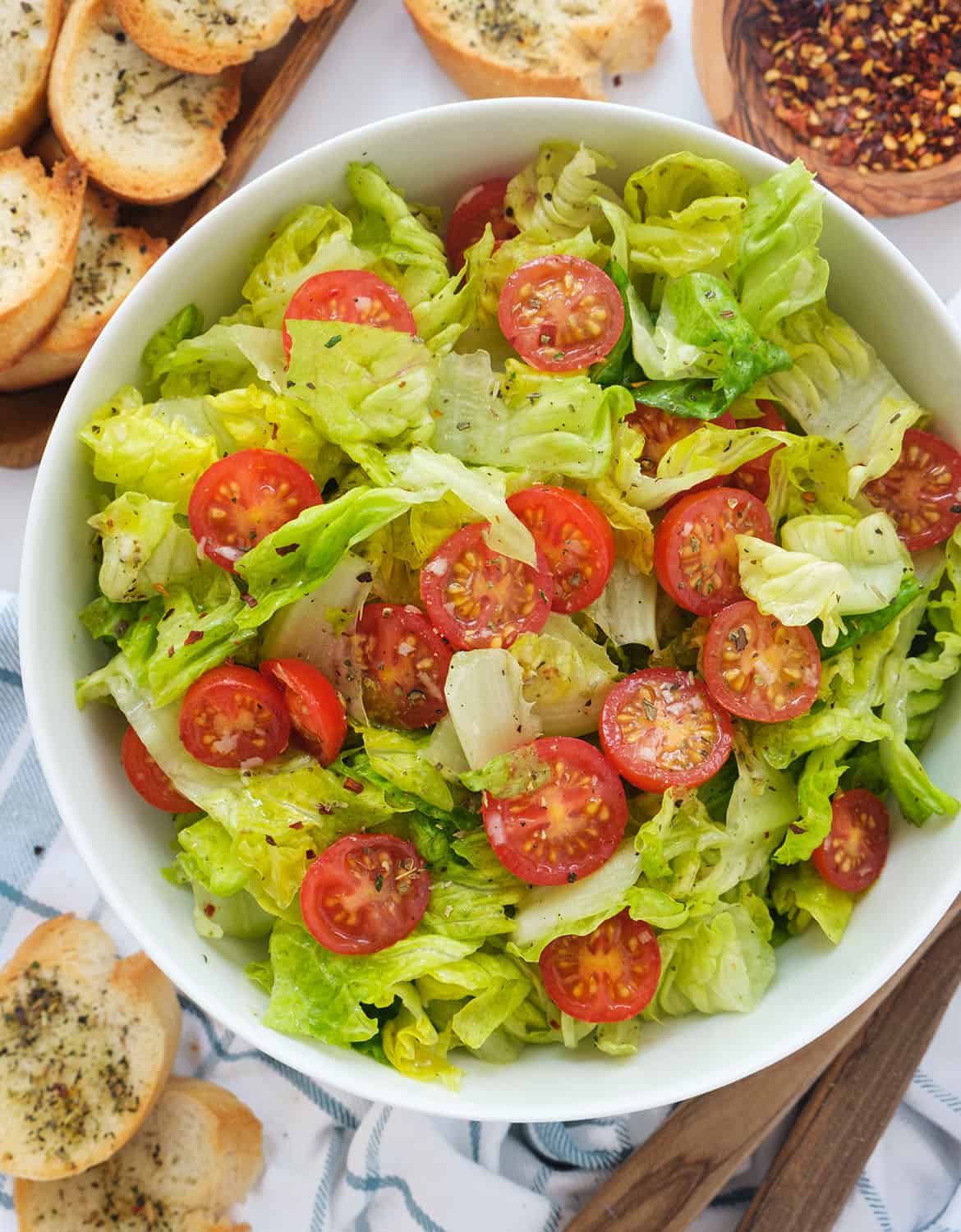The Best And Worst Companion Plants For Lettuce
Title: The Best and Worst Companion Plants for Lettuce
Introduction:
Lettuce is a popular salad green that is easy to grow in the garden. However, there are some plants that can be good or bad companions for lettuce, depending on the specific variety of lettuce and the growing conditions. In this blog post, we will discuss the best and worst companion plants for lettuce, as well as some of the benefits of companion planting.
Main Content:
Best Companion Plants for Lettuce:
- Carrots: Carrots and lettuce are both cool-season crops that grow well together. Carrots help to loosen the soil, which allows lettuce roots to grow more easily. Additionally, carrots attract beneficial insects, such as ladybugs and lacewings, which help to control pests that can damage lettuce.

- Herbs: Many herbs are good companion plants for lettuce. Some of the best herbs to plant near lettuce include chives, dill, mint, and parsley. These herbs help to repel pests, attract beneficial insects, and improve the flavor of lettuce.
- Radishes: Radishes are a quick-growing crop that can be planted in between rows of lettuce. Radishes help to deter pests, such as aphids, and they also help to break up the soil, which can improve drainage and aeration.

- Marigolds: Marigolds are not only beautiful flowers, but they are also great companion plants for lettuce. Marigolds help to repel pests, such as aphids, whiteflies, and nematodes. They also help to improve the flavor of lettuce.

Worst Companion Plants for Lettuce:
- Brassicas: Brassicas, such as broccoli, cabbage, cauliflower, and kale, should not be planted near lettuce. Brassicas and lettuce have similar nutrient requirements, so planting them together can lead to competition for nutrients. Additionally, some brassicas, such as mustard and rapeseed, produce chemicals that can inhibit the growth of other plants, including lettuce.
- Peas: Peas and lettuce can be planted together, but they should not be planted in the same bed. Peas have a taproot that can grow deep into the soil, while lettuce has a shallow root system. Planting peas and lettuce in the same bed can lead to the peas outcompeting the lettuce for water and nutrients.

- Tomatoes: Tomatoes and lettuce can be planted together, but they should be planted at least 18 inches apart. Tomatoes have a larger root system than lettuce, so planting them too close together can lead to competition for water and nutrients. Additionally, tomatoes can produce chemicals that can inhibit the growth of lettuce.

Benefits of Companion Planting:
There are many benefits to companion planting, including:
- Improved crop yields: Companion planting can help to improve crop yields by reducing competition for nutrients and water.
- Increased pest and disease resistance: Companion planting can help to increase pest and disease resistance by attracting beneficial insects and repelling pests.
- Improved soil health: Companion planting can help to improve soil health by attracting earthworms and other beneficial organisms.
- Enhanced flavor: Companion planting can enhance the flavor of vegetables by attracting beneficial insects and repelling pests.
Conclusion:
By planting the right companion plants near lettuce, you can improve your crop yields, increase pest and disease resistance, improve soil health, and enhance the flavor of your vegetables. When choosing companion plants for lettuce, it is important to consider the specific variety of lettuce and the growing conditions. By following these tips, you can create a thriving garden that is both productive and beautiful.
Lettuce is a delicious and versatile vegetable that can be enjoyed in many different ways. But did you know that there are certain plants that you should and shouldn't plant near lettuce?
Some of the best companion plants for lettuce include tomatoes, radishes, sweet alyssum, chives, and carrots. These plants help to deter pests, improve soil health, and extend the growing season.
On the other hand, there are a few plants that you should avoid planting near lettuce. These include cabbages, broccoli, and other brassicas. These plants compete with lettuce for nutrients and can stunt its growth.
For more information about the best and worst companion plants for lettuce, visit Home Gardening.
FAQ of best and worst companion plants for lettuce
- What are the best companion plants for lettuce?
Some of the best companion plants for lettuce include:
Tomatoes: Tomatoes help to deter pests, such as aphids, that can damage lettuce.
Radishes: Radishes are quick-growing crops that can help to improve soil aeration and drainage.
Sweet Alyssum: Sweet Alyssum is a flowering plant that attracts beneficial insects, such as ladybugs and lacewings, which help to control pests.
Chives: Chives have a strong scent that can help to repel pests, such as slugs and aphids.
Carrots: Carrots and lettuce have different root depths, so they don't compete for the same nutrients in the soil.
Beets: Beets can help to improve soil health by breaking up compacted soil and adding organic matter.
Calendula: Calendula is a flowering plant that can help to attract beneficial insects and repel pests.
What are the worst companion plants for lettuce?
Some of the worst companion plants for lettuce include:
Cabbage family crops: Lettuce and other members of the cabbage family compete for the same nutrients in the soil, so it's best to avoid planting them together.
Fennel: Fennel has a strong scent that can inhibit the growth of lettuce.
Melons: Melons require a lot of water, which can compete with lettuce for moisture.
Cucumbers: Cucumbers and lettuce are both susceptible to powdery mildew, so it's best to avoid planting them together.
How do companion plants benefit lettuce?
Companion plants can benefit lettuce in a number of ways, including:
Attracting beneficial insects: Many companion plants attract beneficial insects, such as ladybugs and lacewings, which help to control pests that can damage lettuce.
Improving soil health: Some companion plants, such as beets and carrots, can help to improve soil health by breaking up compacted soil and adding organic matter.
Decreasing competition for nutrients: Companion plants that have different root depths or nutrient requirements can help to decrease competition for nutrients in the soil.
Providing shade: Some companion plants, such as lettuce, can benefit from the shade provided by taller companion plants.
How do I choose the best companion plants for my lettuce?
When choosing companion plants for lettuce, it's important to consider the following factors:
- The needs of the lettuce: Lettuce needs full sun and well-drained soil. It's also susceptible to pests and diseases.
- The needs of the companion plants: Companion plants should have similar growing conditions to lettuce. They should also not compete for the same nutrients or water.
- The desired benefits: Companion plants can provide a variety of benefits to lettuce, such as pest control, soil improvement, and shade. Choose companion plants that will provide the benefits you're looking for.
Image of best and worst companion plants for lettuce
null

Post a Comment for "The Best And Worst Companion Plants For Lettuce"